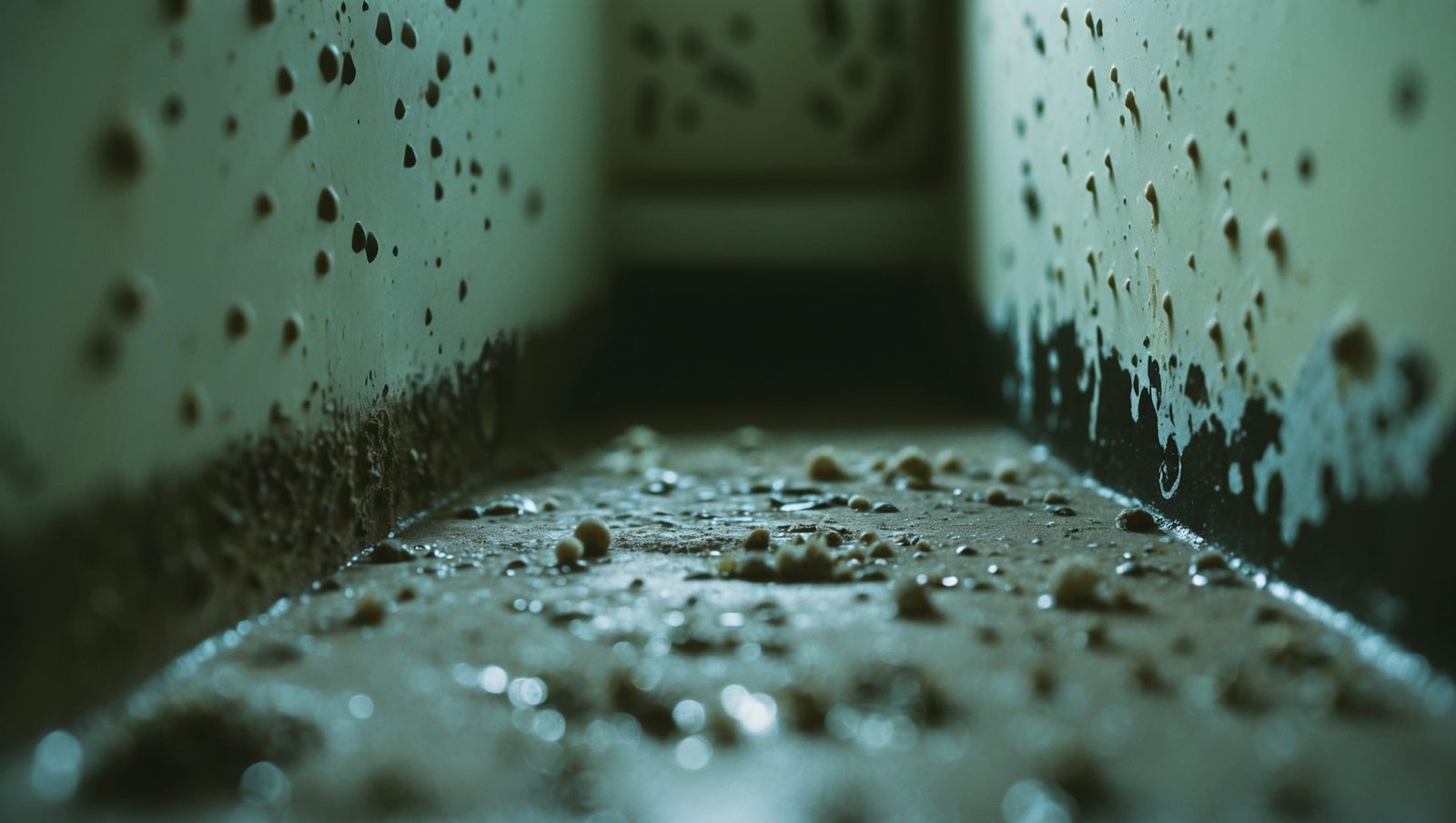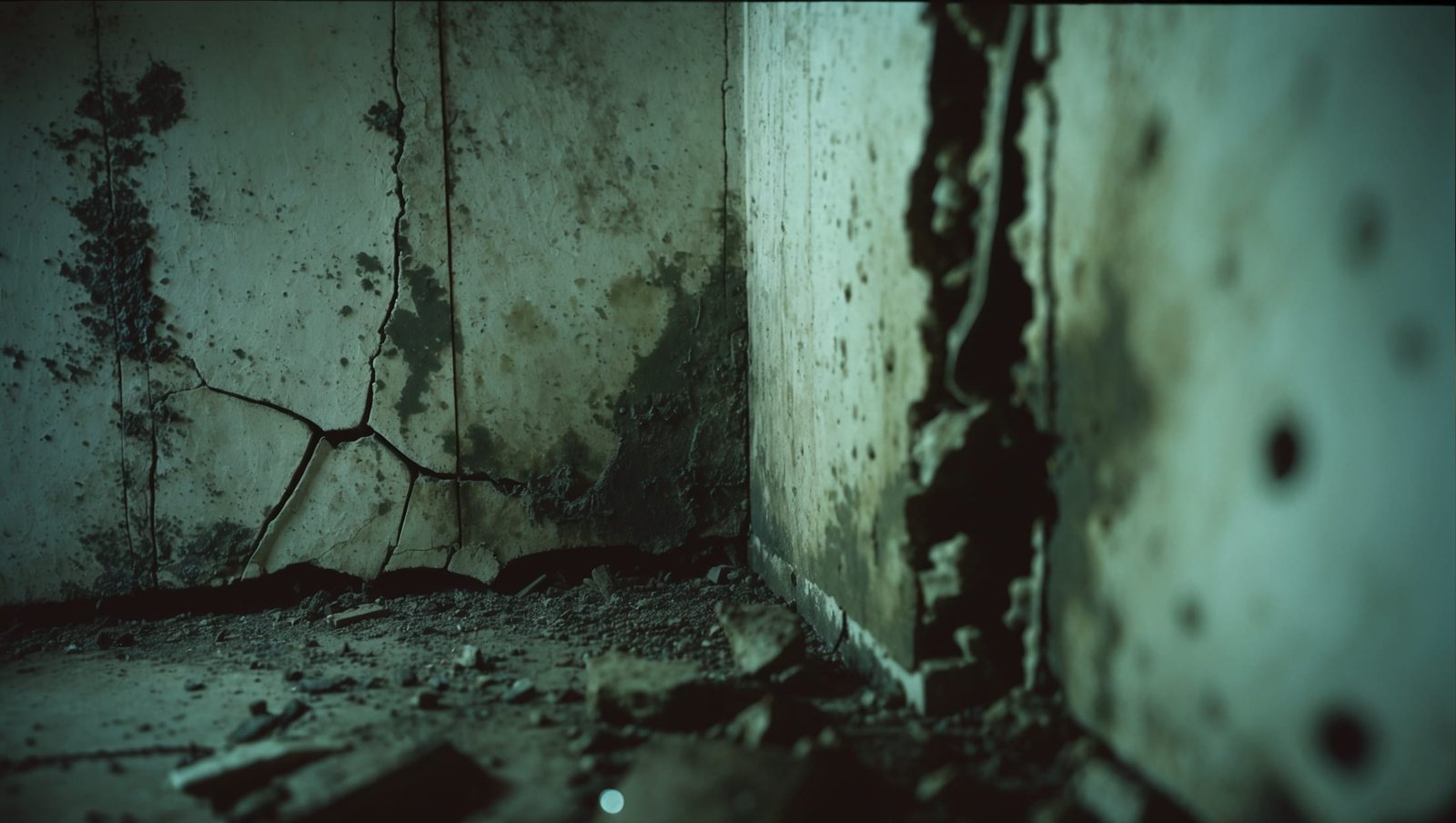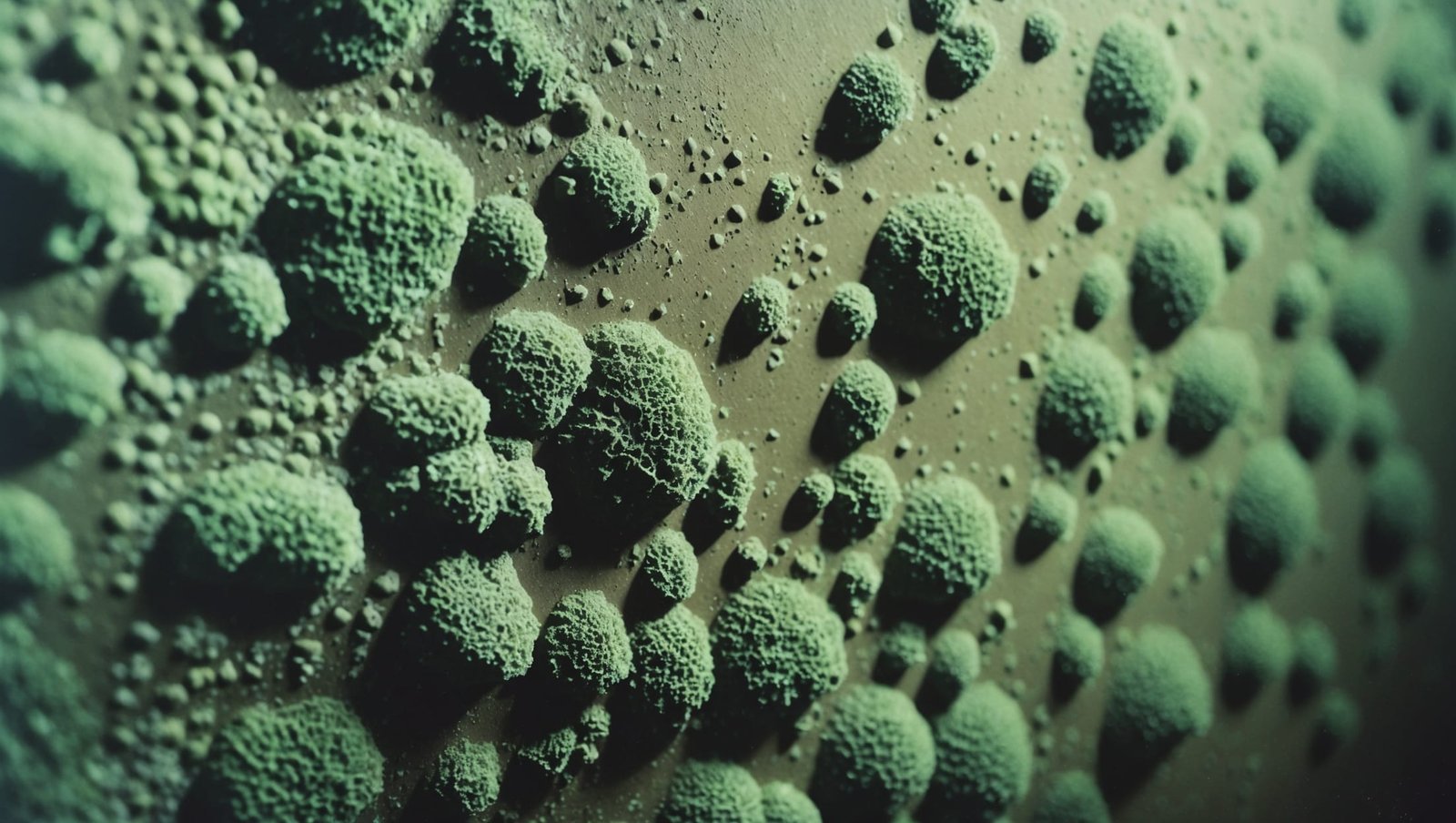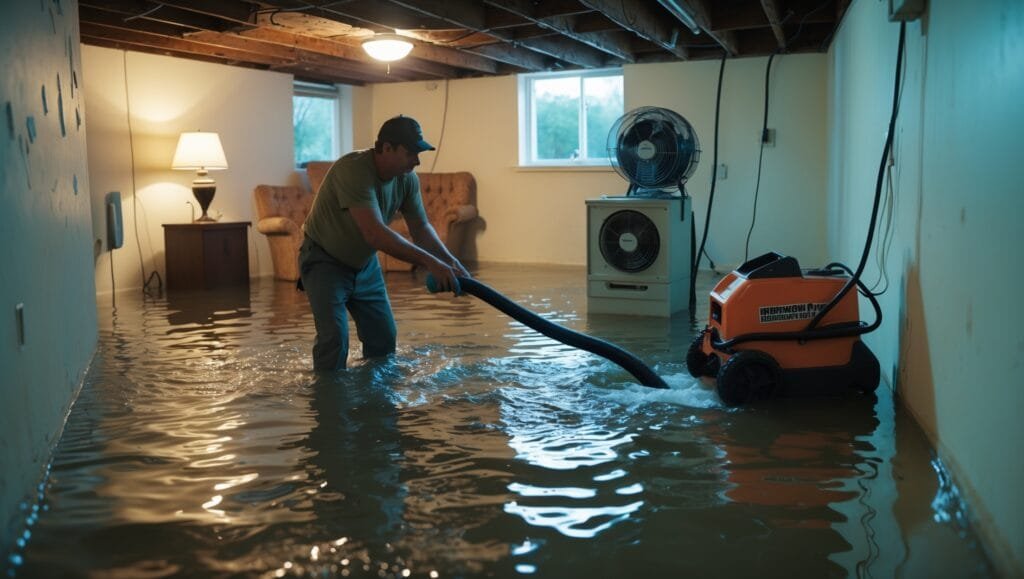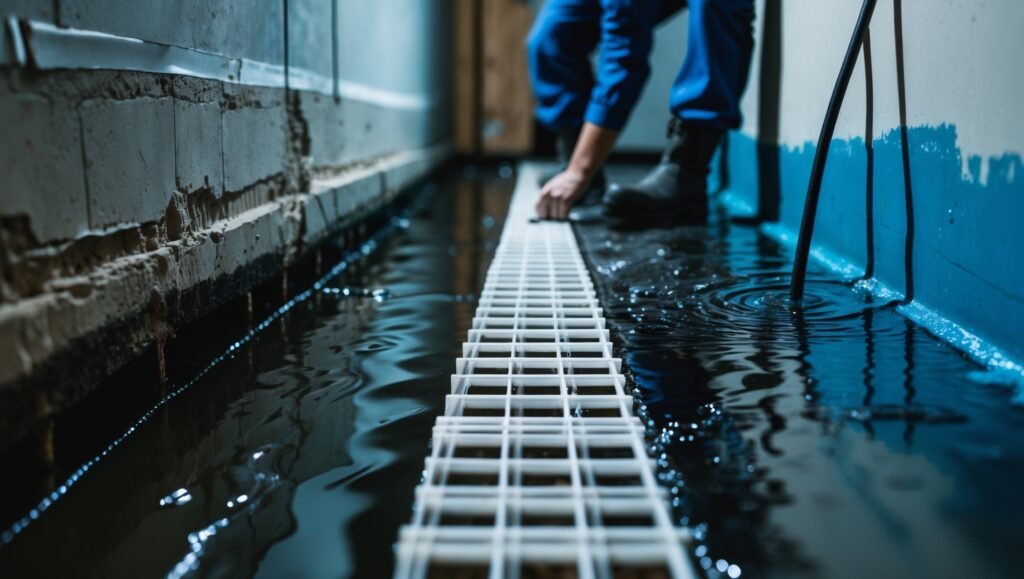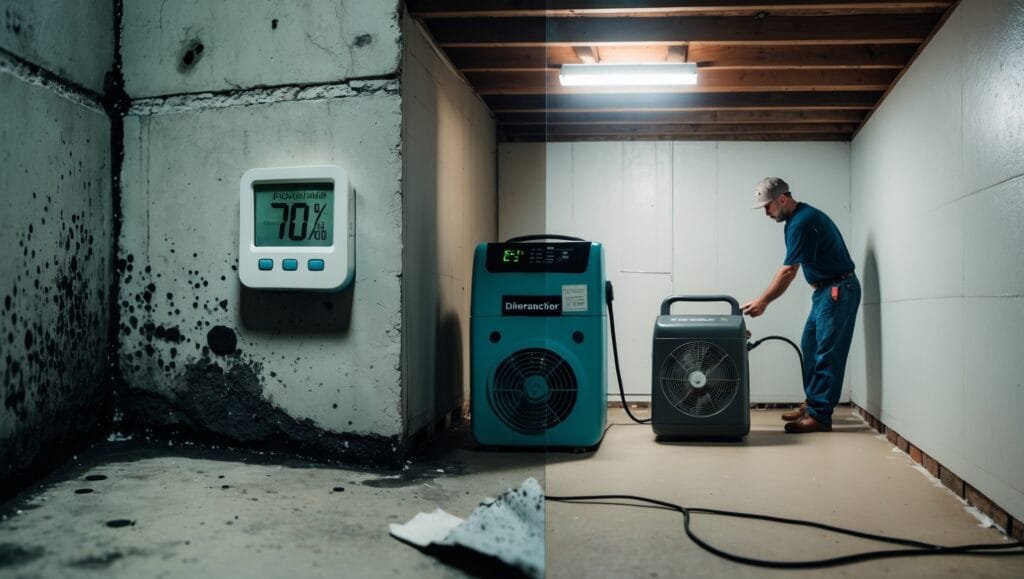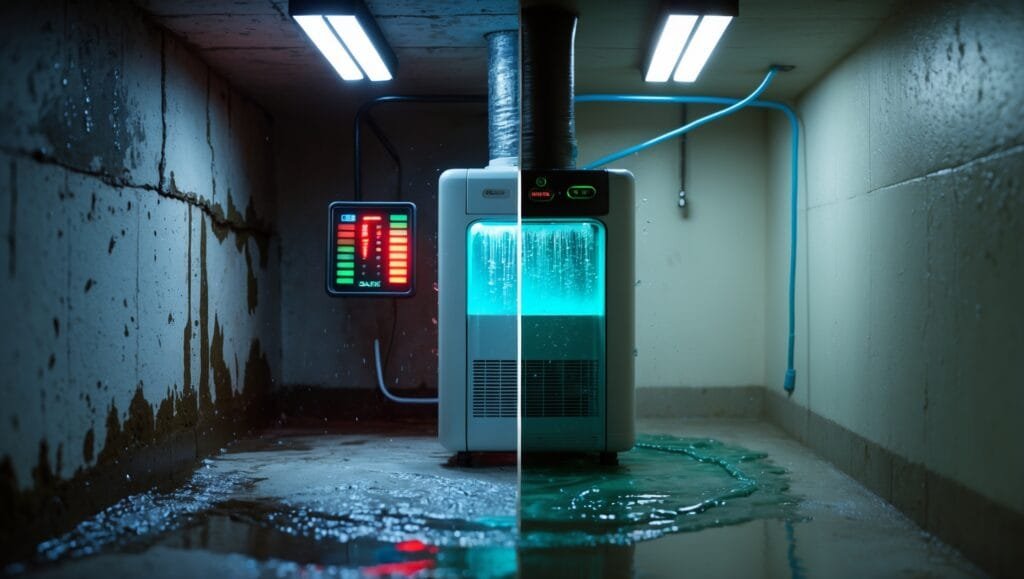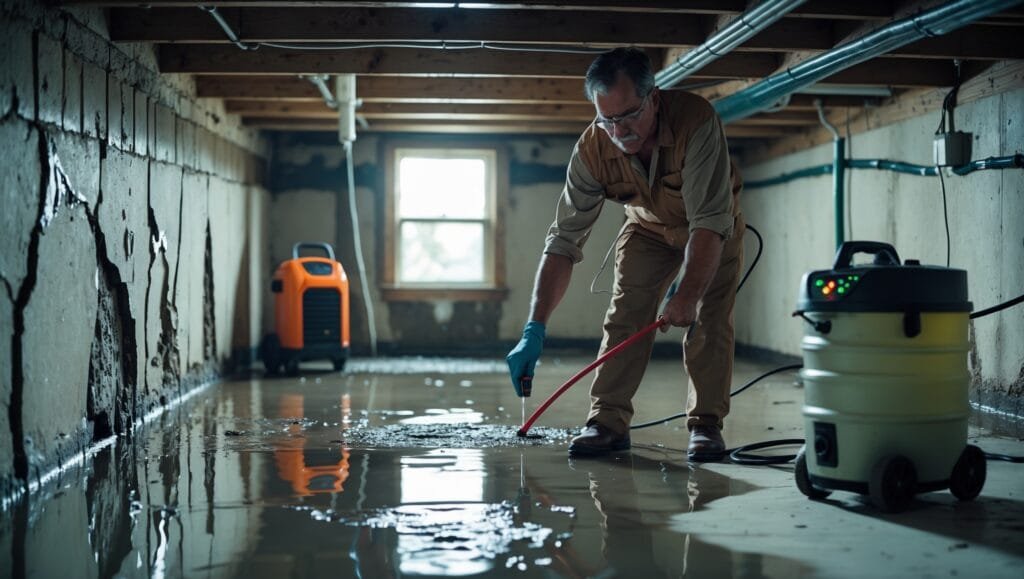Understanding the Basement Mold Challenge
Basements are like mold’s personal playground. Dark, damp, and often overlooked, these spaces create the perfect environment for mold growth. As someone who’s seen countless homes battle this issue, I can tell you it’s a problem you can’t ignore.
Why Basements Are Mold Magnets
Basement mold mitigation starts with understanding why these spaces are so prone to moisture and fungal growth:
- Poor Ventilation: Stagnant air traps moisture
- Underground Location: Constant ground moisture seeps through walls
- Temperature Fluctuations: Create condensation perfect for mold growth
The Real Risks of Basement Mold
Mold isn’t just an eyesore. It’s a serious health hazard that can:
- Trigger respiratory issues
- Cause allergic reactions
- Potentially lead to long-term health problems
Identifying Mold in Your Basement
Mold mitigation begins with detection. Here are the telltale signs you need to watch for:
- Musty, damp odors
- Visible dark or discolored patches on walls
- Unexplained respiratory issues for family members
- Peeling paint or wallpaper
- Visible water stains or moisture marks
Warning: Not All Mold is Visible
Just because you can’t see mold doesn’t mean it’s not there. Many homeowners make the critical mistake of assuming their basement is mold-free without a professional mold inspection.
The Science Behind Mold Growth
Mold needs three things to thrive:
- Moisture
- Organic material (like wood or drywall)
- Warm temperatures
Remove any of these, and you’ll significantly reduce mold growth potential. This is the core principle of effective mold mitigation in basements.
Moisture: The Primary Culprit
Water is mold’s best friend. Even small amounts of moisture can trigger rapid mold growth. Common moisture sources in basements include:
- Foundation cracks
- Poor drainage
- Condensation from pipes
- Groundwater seepage
I’ve seen basements transform from damp, moldy spaces to clean, dry areas with the right basement mold mitigation strategies.
Professional vs. DIY Mold Mitigation
While some minor mold issues can be handled independently, serious infestations require professional intervention. Here’s why:
- Professionals have specialized equipment
- They can identify hidden mold sources
- Proper containment prevents further spread
- They understand safety protocols
Pro tip: If the moldy area is larger than 10 square feet, call in the experts. Professional mold mitigation isn’t an expense – it’s an investment in your home’s health.

